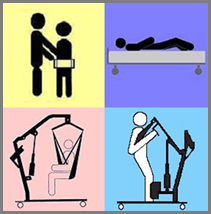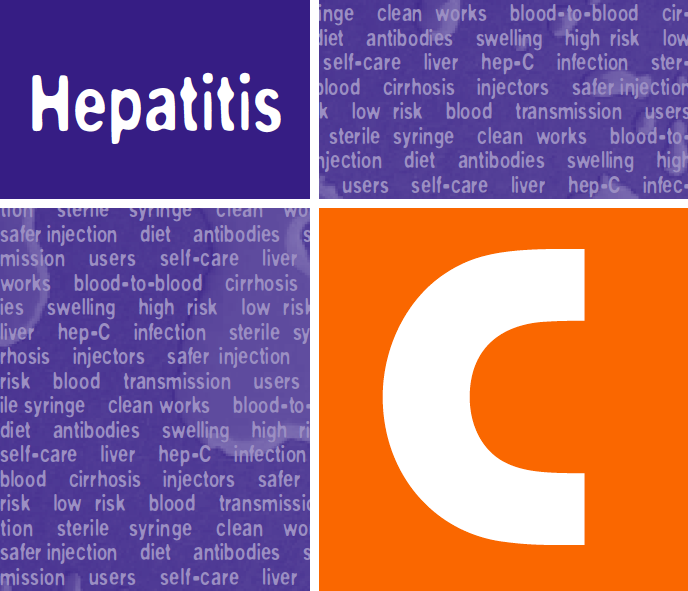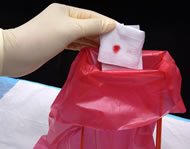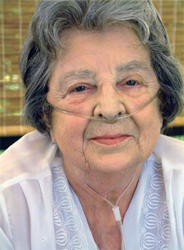 Overexertion incidents are the leading source of workers’ compensation claims and costs in healthcare settings. The primary outcome associated with such incidents are musculoskeletal disorders MSDs. MSD risks are found in housekeeping, food service and other areas where workers manually handle heavy, awkward loads or perform repetitive forceful hand work. The single greatest risk factor for MSDs in healthcare workers is the manual moving and repositioning of patients, residents or clients. Rising obesity rates in the United States impact the physical demands on caregivers. The aging of the workforce likely contributes to the problem; the average age of a registered nurse in the U.S. is approximately 47 years. Also contributing to the negative health consequences of manual handling is the shortage of nurses—Peter Buerhaus, a researcher at Vanderbilt University Medical Center, has estimated that there will be a shortage of 250,000 nurses by the year 2025 in the US.
Overexertion incidents are the leading source of workers’ compensation claims and costs in healthcare settings. The primary outcome associated with such incidents are musculoskeletal disorders MSDs. MSD risks are found in housekeeping, food service and other areas where workers manually handle heavy, awkward loads or perform repetitive forceful hand work. The single greatest risk factor for MSDs in healthcare workers is the manual moving and repositioning of patients, residents or clients. Rising obesity rates in the United States impact the physical demands on caregivers. The aging of the workforce likely contributes to the problem; the average age of a registered nurse in the U.S. is approximately 47 years. Also contributing to the negative health consequences of manual handling is the shortage of nurses—Peter Buerhaus, a researcher at Vanderbilt University Medical Center, has estimated that there will be a shortage of 250,000 nurses by the year 2025 in the US.
via CDC – Safe Patient Handling – NIOSH Workplace Safety and Health Topic.









